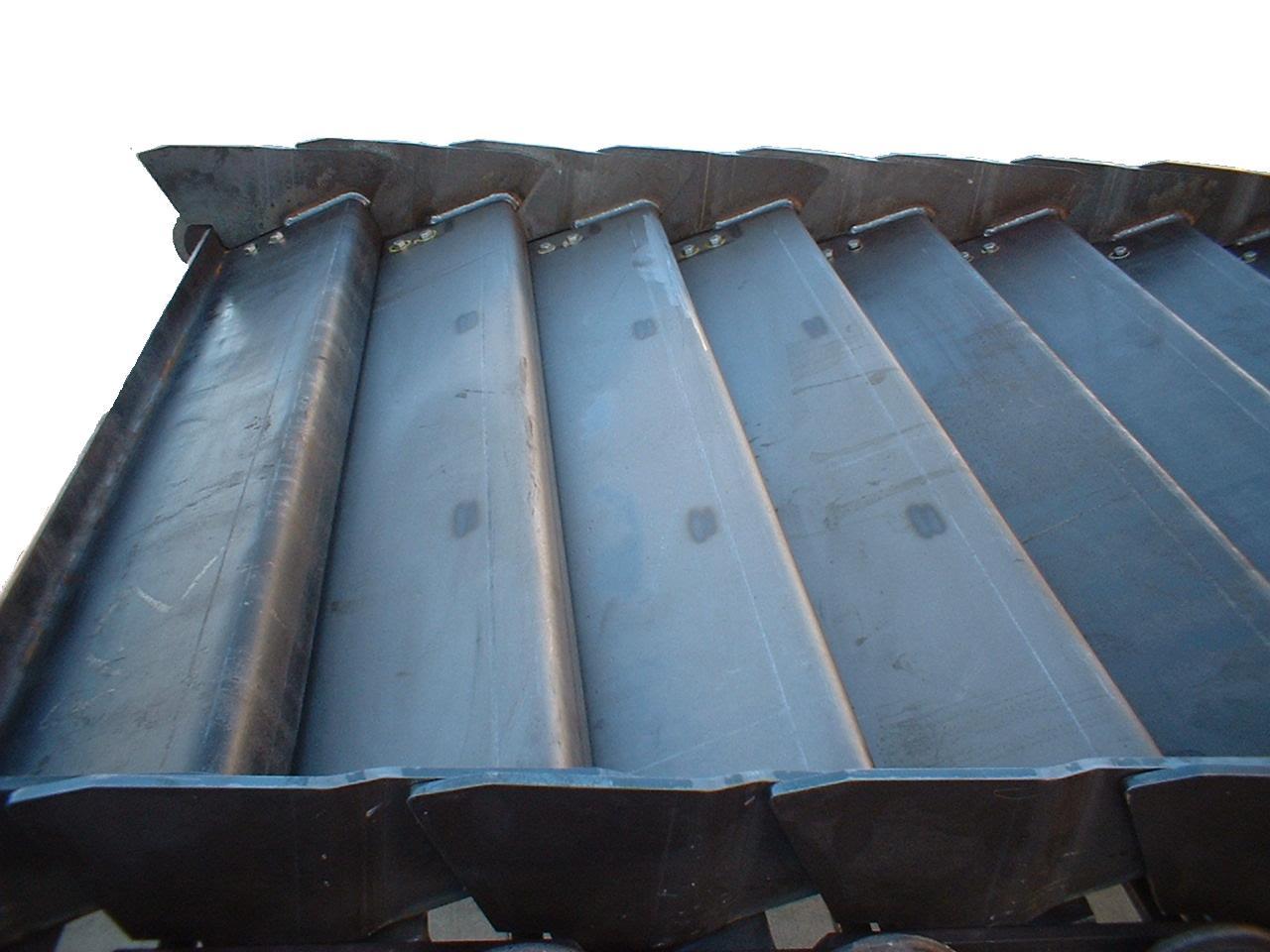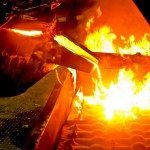For many businesses making their choice from a bewildering variety of conveyor systems and different promises, a quick rundown of essential questions to ask in what to look for in a conveyor system can save both money, time and resources. When you know just what to ask a conveyor system provider before purchase, you can more accurately choose the one that fit your needs.
To help you make the right choices before whether the conventional fixed-length metal conveyor or the new modular conveyor is right for your needs, here are three essential questions that you should ask before making your decision.
What conveyor system options are available?
Choose a conveyor system supplier that offers conveyor belts in a wide range of widths, design and styles. Most styles are available in acetyl, polyethylene, and nylon, which provide excellent traction and wear characteristics and excellent performance and service life in food processing applications, as well as many other applications.
Conveyor system designs are available from 4-60 in. and for special configurations such as radius turns, as well as those especially suitable to water bath, wash-down, and impact applications. Styles consist of standard flat top, flush grid, perforated, raised rib, open grid, flat friction top, and diamond friction rubber.
It is also imperative to use a system using a self-tracking drive system where many belts can run in the same drive path off the same drive, enabling users to change belts as needed or add or subtract belt drive flights at any time.
How easy is conveyor repair or belt replacement?
Crammed drives and impaired belts and accessories can take time to replace. If for instance a forklift smacks a metal conveyor, it can take days or even weeks until the unit is welded or replaced.
Look for systems that can be repaired quickly and easily, without specialized labor. Modular conveyor sides, belts, flights, drives, and accessories are all separate units. If there is damage, replacing a section is as easy as snapping it into place. Also, consider the design of the conveyor belt. When belts constructed of interlocking links are damaged, you only need to replace the damaged section of the belt, making repair both easier and relatively inexpensive.
What is the cost and method of installing the conveyor and related items?
The cost and method of conveyor system and its installation will vary according to system, accessories, and integration requirements. Many fixed metal conveyors involve expensive, specialized engineering and possibly costly and time-consuming installation techniques such as welding.
On the other hand, conveyor systems can offer robust features while eliminating special engineering and installation requirements. It can be helpful also to consult your conveyor system specialist before deciding on a new conveyor system.
What other questions can you think of to ask your local conveyor system supplier before choosing your conveyor system? At May Conveyor, belting is what sets us apart from others as we make our dies in-house by the May Tool & Die Group. We are a custom manufacturer of conveyor belting. We have pre-configured belts of various pitch & chain configurations for OEM & replacement applications as well as custom design capabilities. We provide belts for the metal working, recycling, machining, stamping, OEM, foundry, and mining industries. These precision components meet all automotive standards and is is how we have become known as a top quality supplier. Contact us today!








